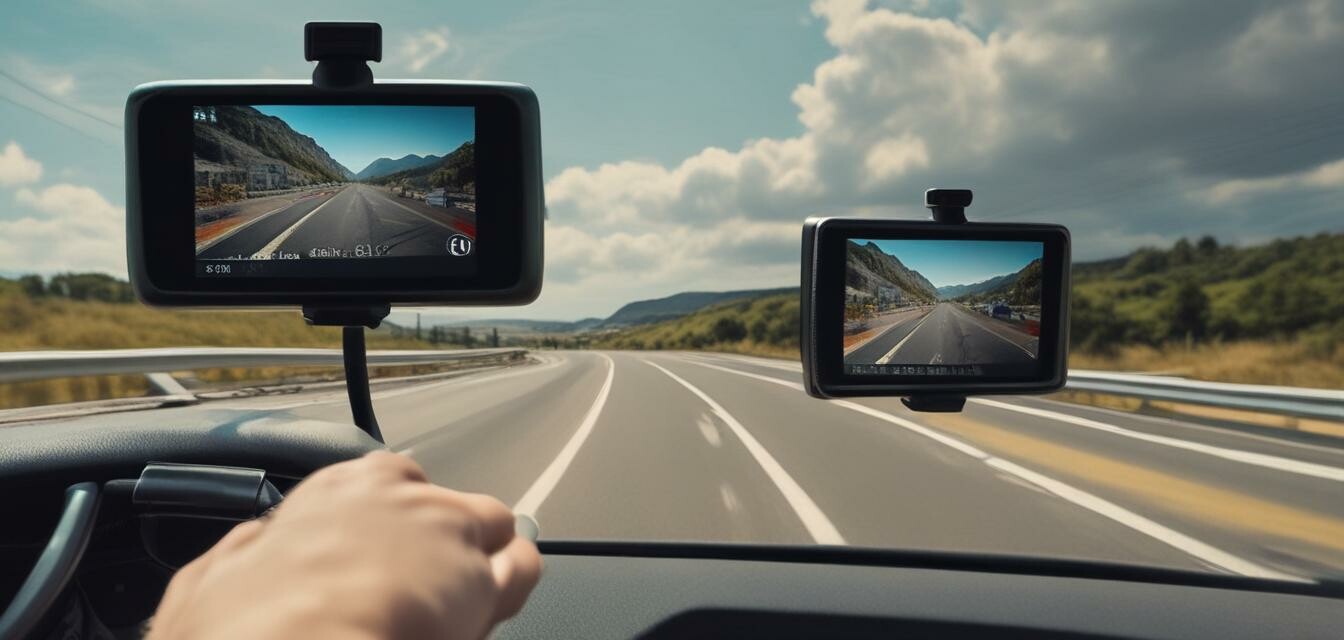
How to choose the right resolution for your dashcam
Key Takeaways
- Resolution impacts video clarity and detail.
- Higher resolutions are better for detailed evidence but require more storage.
- Your driving conditions and usage determine the best resolution for you.
When it comes to dashcams, resolution is a crucial factor that can significantly affect the quality of your recordings. Whether it's capturing a clear image of a license plate or providing evidence in the event of an accident, the resolution can make all the difference. This article will explore the importance of dashcam resolution, how to determine what’s best for your specific needs, and tips to help you choose wisely.
Why resolution matters
The resolution of a dashcam refers to the amount of detail the camera captures during recording, typically measured in pixels. Here’s a closer look at its significance:
- Clear Evidence: In cases of accidents or disputes, having high-resolution footage can provide clearer evidence.
- Detail in Various Conditions: Higher resolutions tend to perform better in low-light situations, capturing more detail.
- Peace of Mind: Knowing you have high-quality recordings can give you confidence while driving.
Common dashcam resolutions
When choosing a dashcam, you will encounter several common resolutions. Below is a comparison to help you understand the differences:
| Resolution | Video Quality | Pros | Cons |
|---|---|---|---|
| 720p | Standard quality | Less storage needed | Less detailed footage |
| 1080p | Full HD | Good balance of quality and storage | May miss details in low-light situations |
| 1440p | Quad HD | Better detail and clarity | More storage required |
| 4K | Ultra HD | Outstanding detail and clarity | Requires significant storage and processing power |
Determining your needs
Choosing the right resolution for your dashcam largely depends on how you plan to use it. Here are some factors to consider:
1. Usage scenarios
- If you mainly drive in urban areas, 1080p might be sufficient for capturing licenses.
- For long highway trips or rural areas with less traffic, higher resolutions may capture more details.
- Consider if you need footage during night driving; higher resolutions will provide better performance in low light.
2. Storage capacity
Higher resolutions can significantly increase the amount of storage required. Ensure your dashcam can support the following:
- Use of a high-capacity SD card
- Loop recording capabilities that overwrite older footage
3. Playback quality
Once you have your footage, how do you plan to view it? Higher resolutions are beneficial if you plan to:
- Analyze the video on a large screen
- Provide recordings to law enforcement agencies
Conclusion
Choosing the right resolution for your dashcam is vital. A clear understanding of your driving habits and requirements can help in making this decision. Evaluate what is more important for you: storage capacity or video quality.
For a deeper understanding of various dashcam types and their features, check out our Buying Guides.
Tips for beginners
- Start with a reputable brand known for quality.
- Read customer reviews about video performance.
- Watch sample footage before purchasing to assess quality.
Pros
- Clearer video quality can help in emergency situations.
- More detail helps with legal matters.
- Improves overall driving safety with better footage.
Cons
- Higher resolutions demand more storage space.
- More complex products with higher features may be pricier.
- Processing more data can require better hardware.
Understanding dashcam resolutions plays a significant role in making an educated decision on your purchase. For more comparison details, head over to our Feature Comparisons section.
